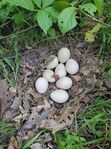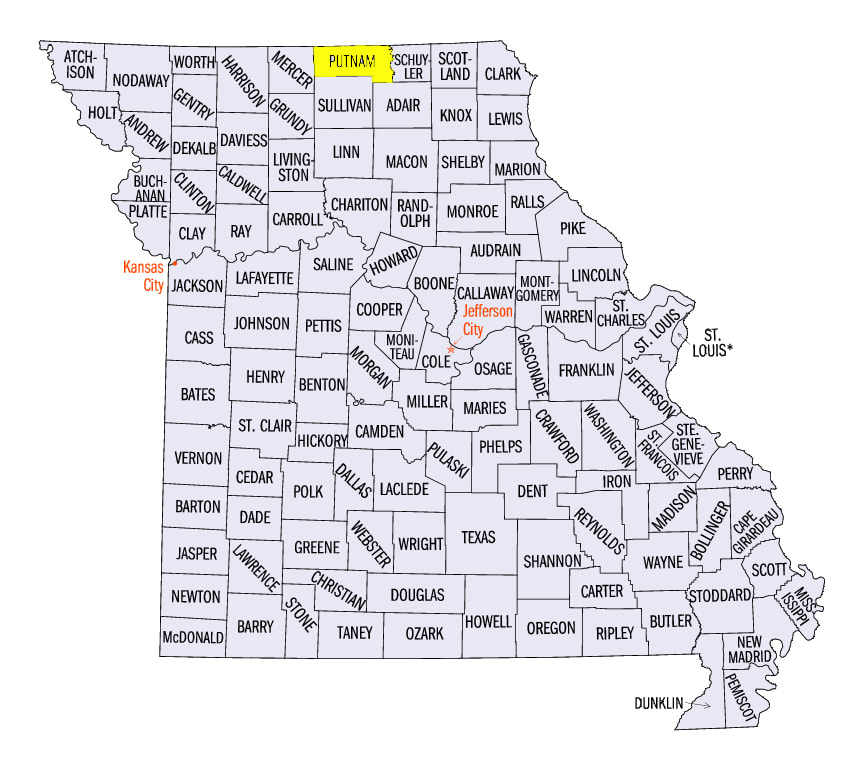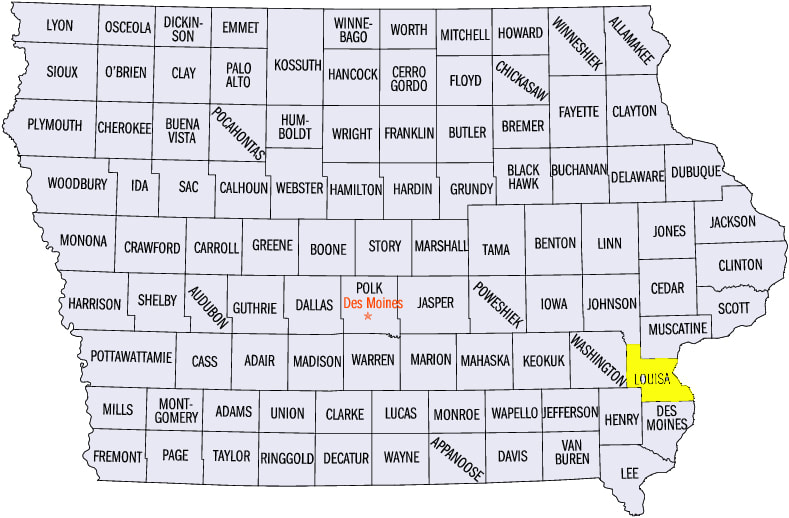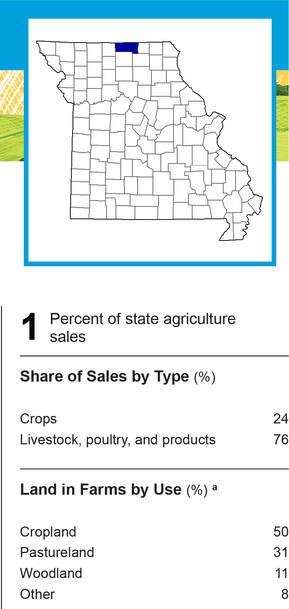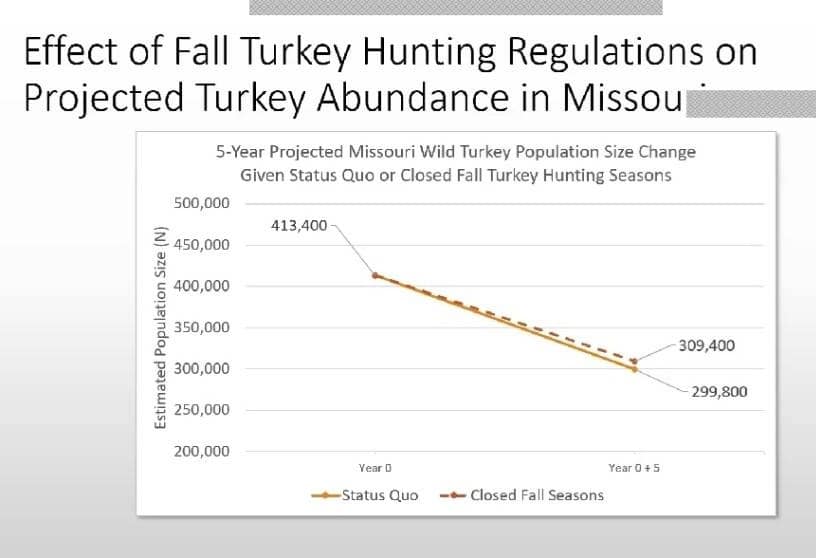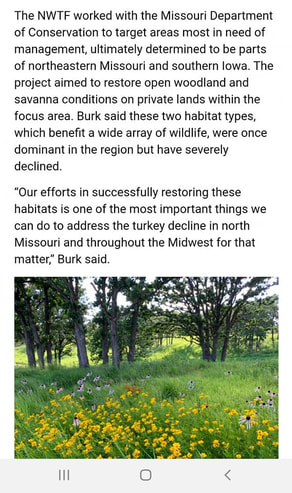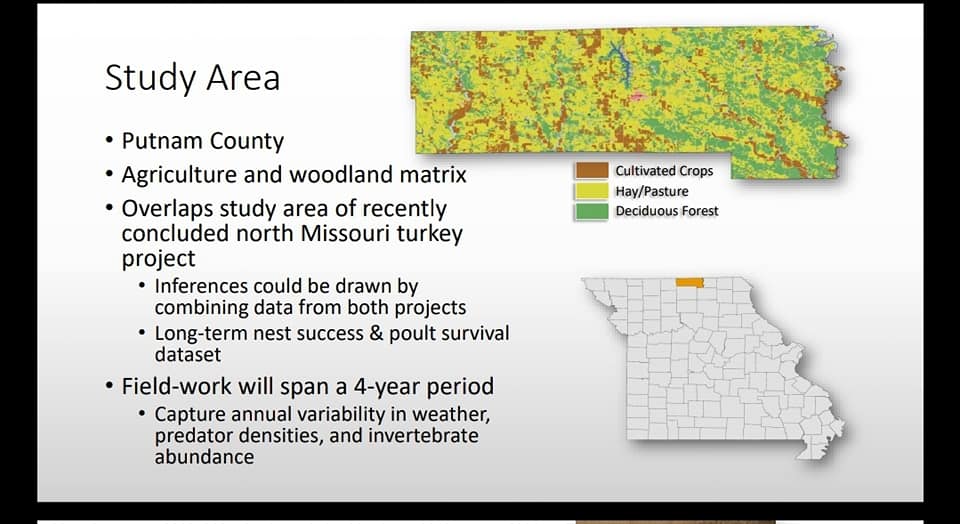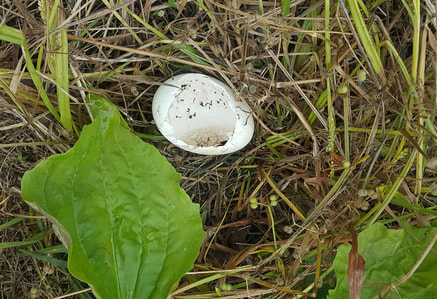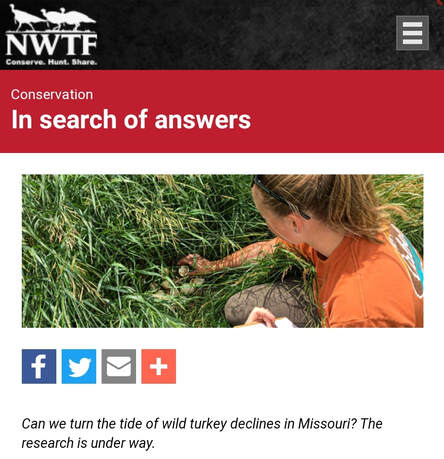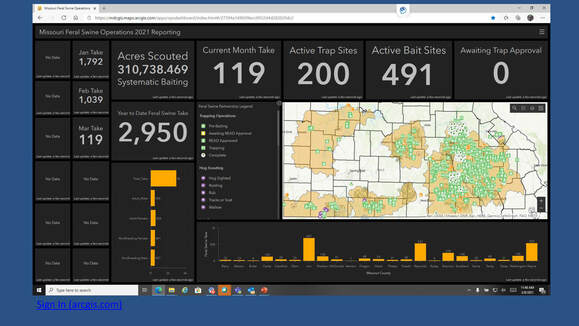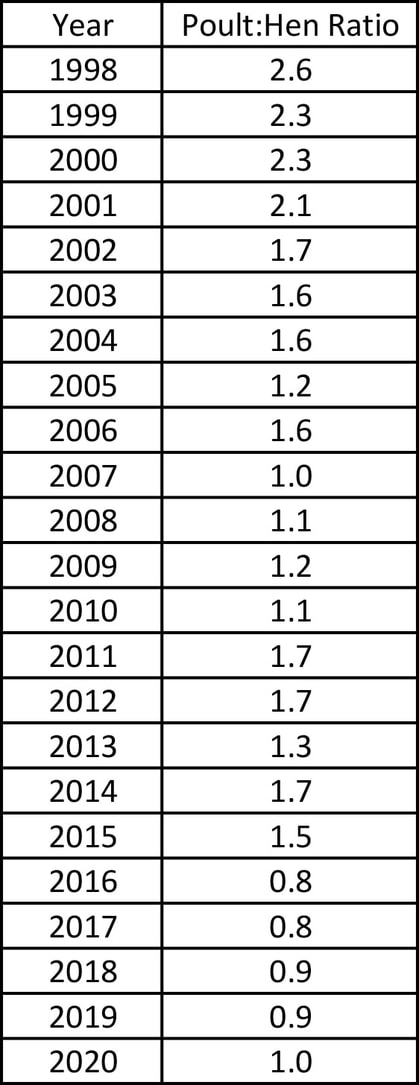Missouri Wild Turkey Research
SUMMARY OF THE MISSOURI WILD TURKEY RESEARCH
The 5-year Missouri Wild Turkey Research from 2014 to 2019 and the current 3rd year of the 5 ½ year Missouri Wild Turkey Research shows that 20% nest success isn’t sustainable with predation rates we see on hens, and harvest rates on males. Back in the 90s, nest success was 30+% on average and 40% or even beyond in certain years on a site. We never see those boom years anymore. George Hurst used to say that turkeys only needed one boom year of 50% success every 5 years.
Despite all the research Missouri Department of Conservation has done - Missouri now stands alone as the only state in the country through implementation of 2024 regulation change to increase harvest in spring by minimum of 10% per MDC Biologist during a population decline. The biggest regulations in 20 years for Wild Turkey in Missouri.
At least 11 states across the country have taken measures to slow the decline of the wild turkey populations thru regulations change.
Wild Turkey Research is 105 miles apart.
1st is Putnam County, Missouri along the Iowa Border - Unionville, Mo.
2nd in Louisa County, Iowa along the Mississippi. - Wapello, Iowa
Eastern Wild Turkey and Mesocarnivore Technician (2 positions) Unionville, MO |
Wild turkey field technician (2 positions) – Wapello, Iowa |
$2000.00/month - 04/05/2021
|
$13.81/hour - 05/15/2021
|
